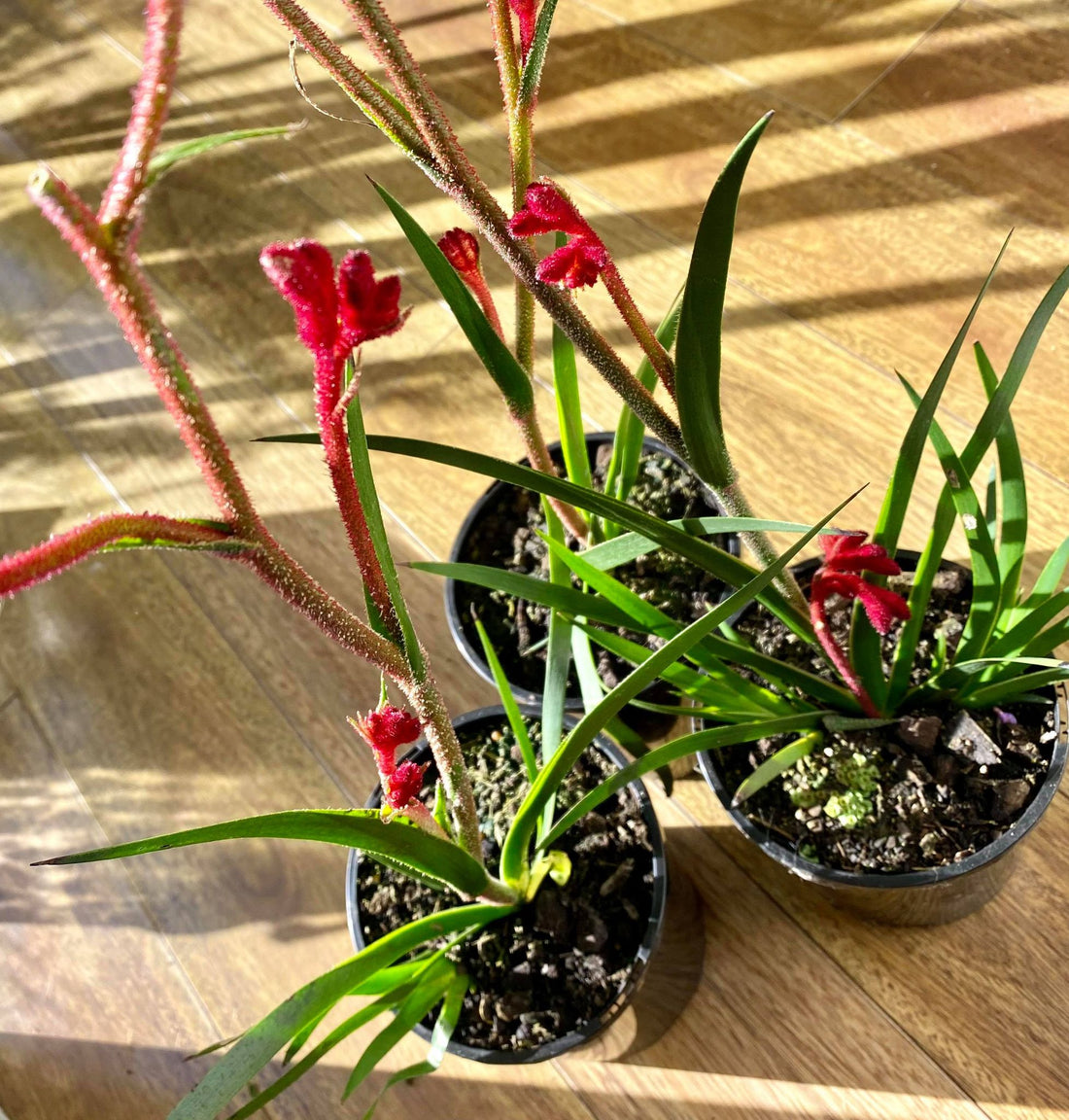
How to Design a Water-Wise Garden for Australian Drought Conditions 2024
Share
How to Design a Water-Wise Garden for Australian Drought Conditions 2024
Last updated 10/09/2024
Water-wise gardening, also known as xeriscaping, is an effective approach for dealing with Australia’s frequent drought conditions. It focuses on conserving water and selecting drought-tolerant plants to create a sustainable, beautiful garden. Here’s how to design a water-wise garden. For drought-tolerant plants and gardening supplies, check out Wholesale Plants.

Choosing Drought-Tolerant Plants
Selecting the right plants is key to a successful water-wise garden.
Best Drought-Tolerant Plants for Australian Gardens 1. Lavender
- Description: This aromatic shrub offers beautiful purple flowers.
- Care Tips: Needs full sun and well-drained soil; water sparingly.
2. Eucalyptus
- Description: Iconic Australian trees with high drought tolerance and aromatic foliage.
- Care Tips: Prefers full sun and well-draining soil.
3. Succulents (e.g., Agave, Aloe, Sedum)
- Description: Store water in their leaves, making them ideal for dry conditions.
- Care Tips: Requires bright light and minimal watering.
4. Kangaroo Paw (Anigozanthos)
- Description: Unique, colorful flowers and high drought resistance.
- Care Tips: Prefers full sun and sandy, well-drained soil.
Soil Preparation and Mulching
Improving soil quality and using mulch can significantly reduce water usage.
Soil Preparation
- Amending Soil: Add organic matter like compost to improve soil structure and moisture retention.
- Mulch: Apply organic mulch such as wood chips or straw to conserve soil moisture and reduce evaporation.
Mulching Benefits
- Insulation: Helps regulate soil temperature.
- Weed Control: Suppresses weed growth, reducing competition for water.
Efficient Irrigation Techniques
Using efficient irrigation methods saves water and ensures plants receive adequate hydration.
Drip Irrigation
- Description: Delivers water directly to the plant’s root zone, minimizing wastage.
- Installation Tips: Lay drip lines under mulch to reduce evaporation.
Soaker Hoses
- Description: Slowly release water along their length, providing deep, even watering.
- Use Tips: Place hoses around plant bases and cover with mulch.
Water Harvesting
- Rain Barrels: Collect rainwater for garden use.
- Swales: Create shallow depressions that capture and infiltrate water.
Designing Your Garden
Thoughtful design helps maximize water efficiency and plant health.
Zoning Plants by Water Needs
- Grouping: Plant species with similar water needs together to optimize irrigation.
- Microclimates: Utilize natural features like shade and windbreaks to reduce water demand.
Creating Functional Landscapes
- Gravel and Rock Gardens: Use rocks and gravel to retain soil moisture and create attractive features.
- Permeable Pathways: Install pathways with permeable materials to allow water infiltration.
Maintenance and Care
Regular maintenance ensures your water-wise garden remains healthy and vibrant.
Watering Schedule
- Frequency: Water deeply but infrequently to encourage deep root growth.
- Timing: Water early in the morning or late in the evening to reduce evaporation.
Pruning and Deadheading
- Pruning: Regularly prune plants to remove dead or diseased growth and promote new growth.
- Deadheading: Remove spent flowers to prolong blooming and reduce water usage.
Monitoring and Adjusting
- Soil Moisture: Check soil moisture regularly to avoid overwatering.
- Plant Health: Observe plants for signs of stress or disease and address issues promptly.
Conclusion
Designing a water-wise garden is crucial for maintaining a beautiful, sustainable landscape in Australia’s drought-prone regions. By choosing drought-tolerant plants, optimizing soil and irrigation practices, and following thoughtful garden design principles, you can create a resilient garden that conserves water. For drought-tolerant plants and all your gardening needs, visit Wholesale Plants.
